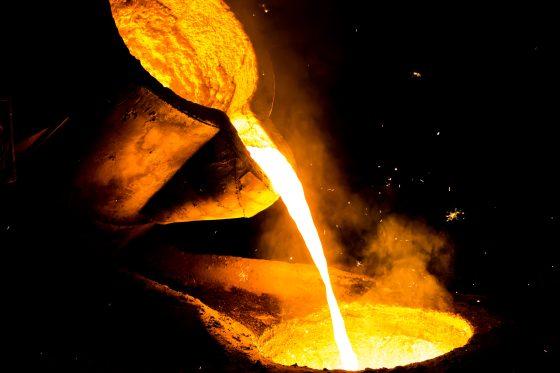Castings made in LM20 are rather difficult to machine. This is due to their tendency to drag and rapid tool wear caused by the high silicon content. The higher copper content does reduce the problem of drag compared to LM6.
Carbide-tipped tools with large rake angles and relatively low cutting speeds give comparatively good results. A cutting lubricant and coolant should be employed.
Suitable for marine ‘on deck’ castings, water-cooled manifolds and jackets, motor-car and road transport fittings; thin sections and intricate castings such as motor housings, meter cases and switch-boxes; for very large castings, e.g. cast doors and panels where ease of casting is essential; for chemical and dye industry castings, e.g. pump parts; for paint industry and food and domestic castings. In general use, where marine atmospheres or service conditions make corrosion resistance a matter of major importance. LM20 is generally only preferred to LM2 or LM24 when the castings are used is aggressive media, requiring the higher resistance LM20 offers. Where the very highest resistance is required, then LM6 may be found superior to LM20.
LM20 has slightly better castability than LM6.
View Datasheet
